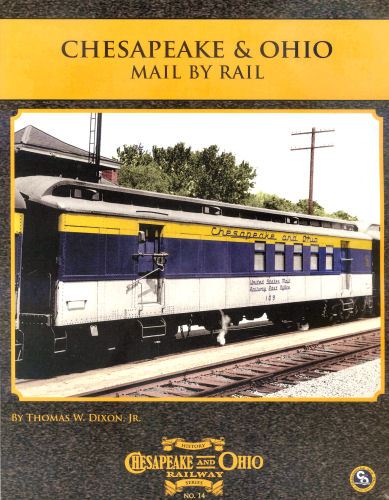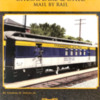Coming back to the original question about operations on the Cleveland & Western. Redshirt has given us a thre or four car limit. That actually makes it very easy to simulate a 50'0 operation with mostly head end cars. There were many branch line locals with two or three head end cars and a coach. I some case only a combine and head end cars. Many had RPO cars and many did not. A 15 foot mail compartment was most likely, maybe 30, never a full car.
HEre are two examples of trains that I rode.
In 1953, I rode a CP train on a 160 mile branch line run. It was an RPO-baggage, baggage car and coach. I know that part of the baggage car was used for express because I helped load what seemed like a cubic acre of potato chips into it at one station (northern Maine). At an intermediate point where the power was changed from a 4-6-0 to a 4-6-2, we picked up another baggage car - express or mail storage, you can't tell by looking.
At the end of that trip, I rode the MEC Mountain Divisionfrom St. Johnsbury to Portland. Consis behind an E-7 was RPO-baggage, baggage car and coach. At Quebec Jct. we picked up two milk cars.
With three to five cars, you've got a lot of realistic options. Two coaches and a few and cars on a more heavily travleed branch line.














